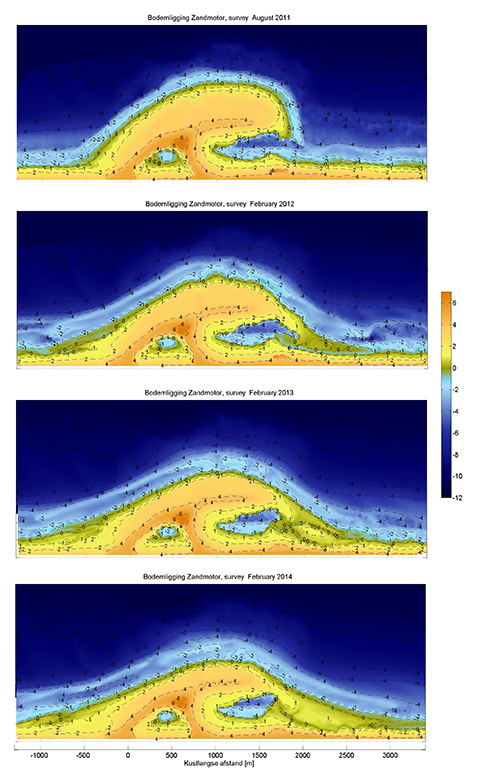
Katinka Wijsman
Katinka Wijsman is a Ph.D. student in Politics at The New School for Social Research who explores the politics that shape the production of resilient coastal landscapes, with specific attention to the agency of nonhumans, in Suriname, The Netherlands, and New York City.
KATINKA WIJSMAN is a Ph.D. student in Politics at The New School for Social Research and a Teaching Fellow at Eugene Lang Collage and the School of Public Engagement. Before coming to The New School she received an M.Sc. in Political Science from the University of Amsterdam, and an M.Sc. Industrial Ecology from Leiden University. Her current research explores the politics that shape the production of resilient coastal landscapes, with specific attention to social difference and the agency of nonhumans. Using a feminist and multispecies ethnographic approach, her research asks how climate change governance deals with nonhuman agency in the production of resilient coastal landscapes; and what it means for the concept of political responsibility to include complex and dynamic assemblages of people, animals, plants and things.

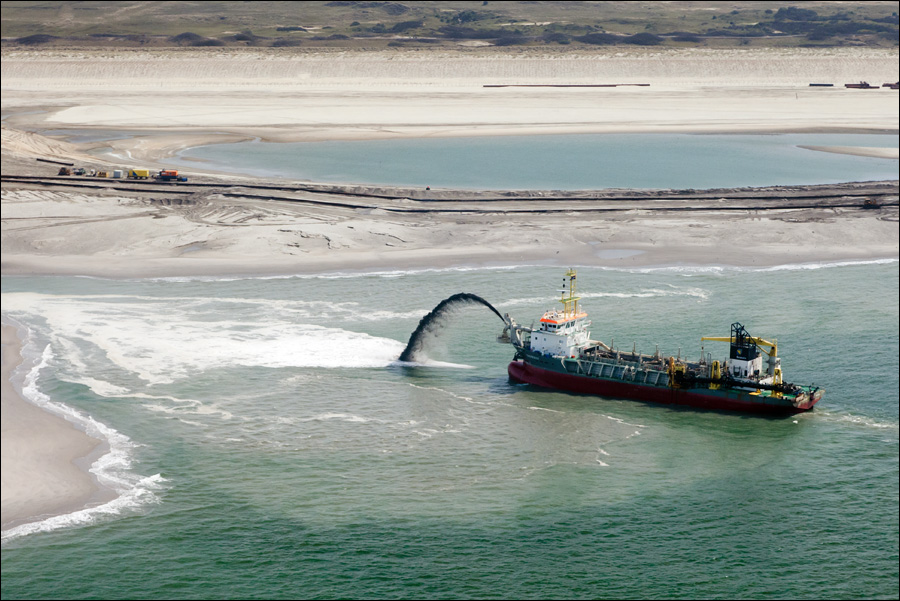
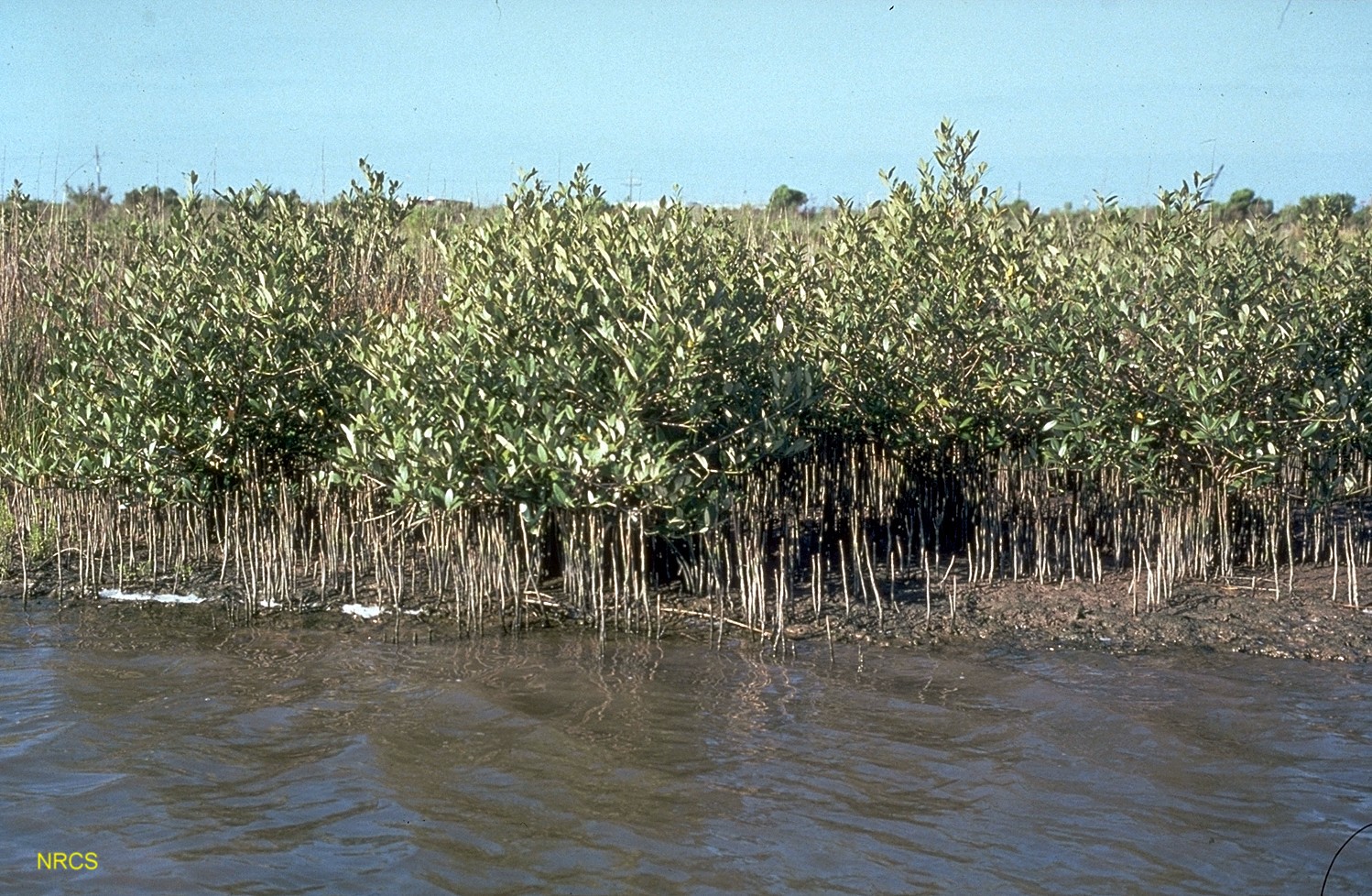
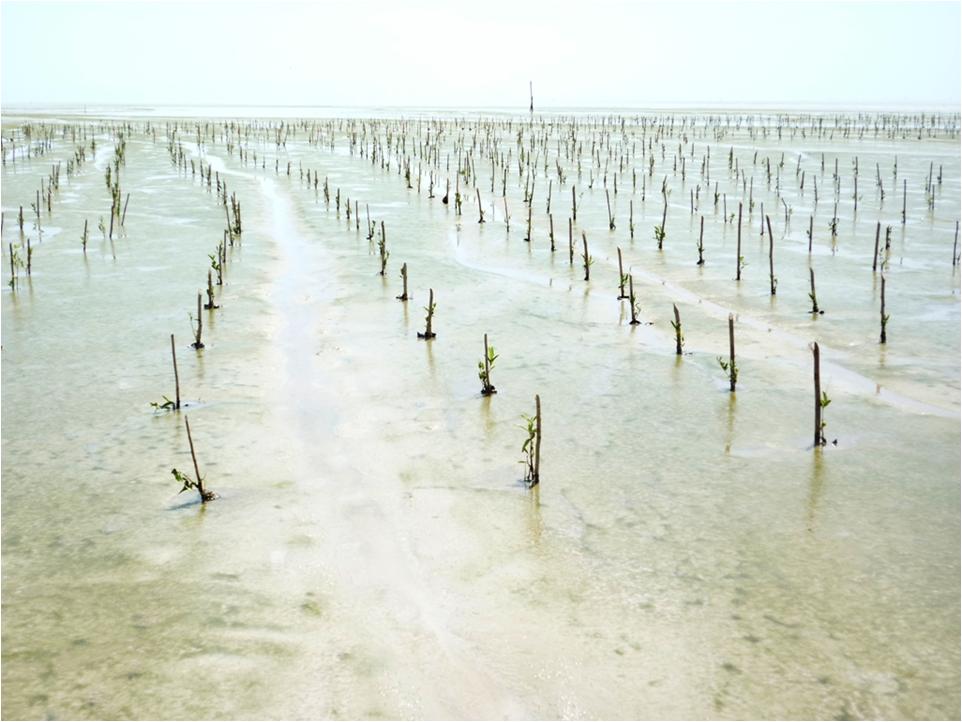

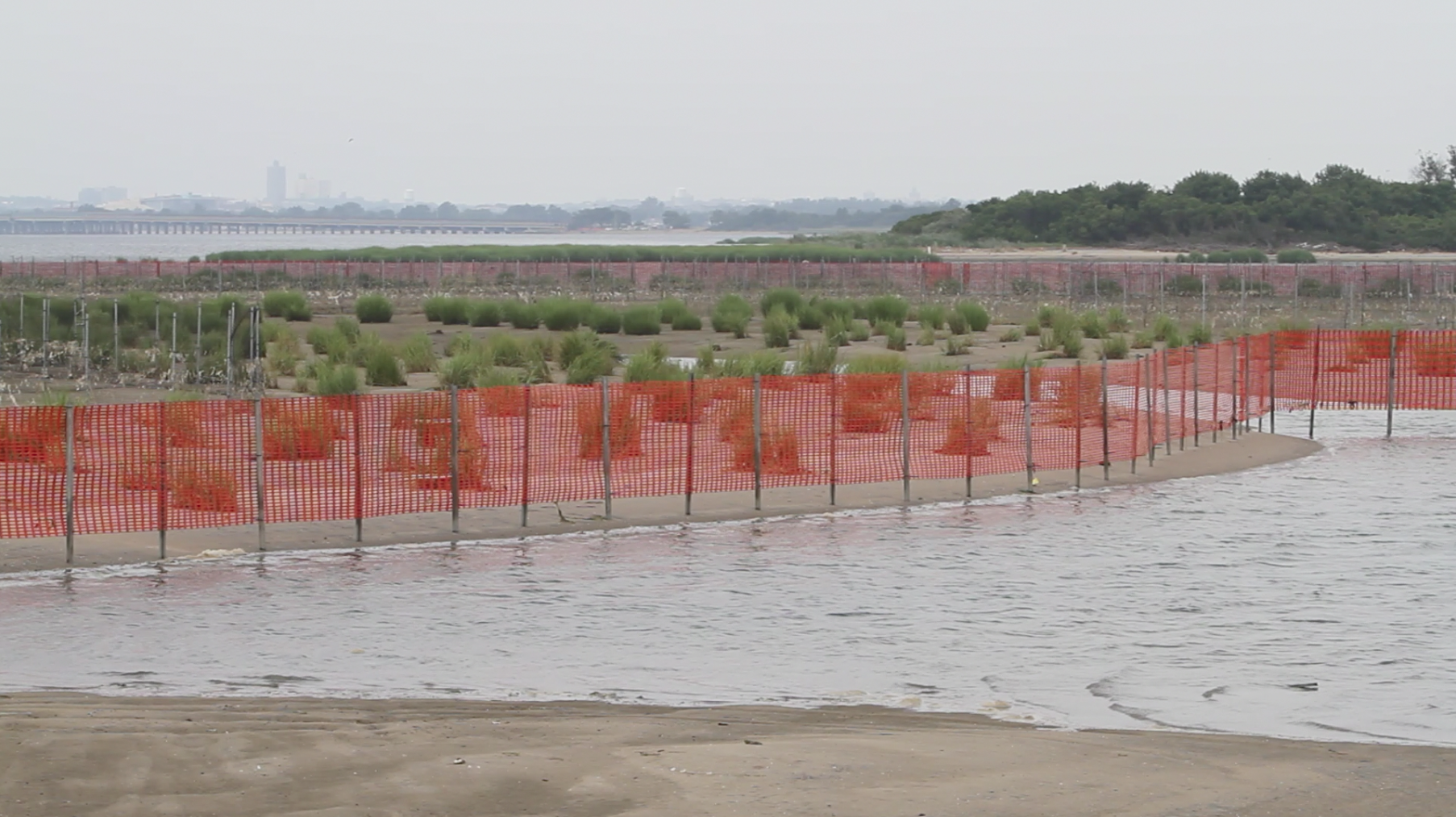
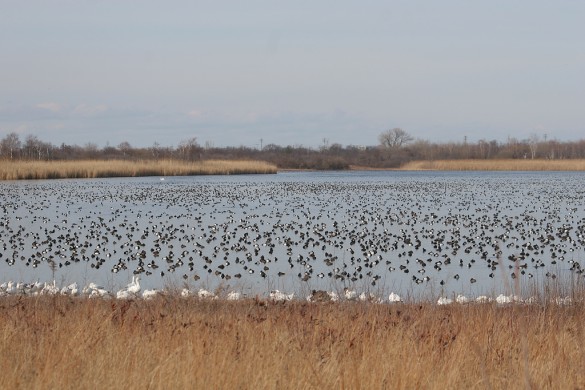

Katinka's research project, Imagining Ecologies: High Water, Green Infrastructure, and the Politics of NonHuman Agency, explores these themes by interrogating the design and implementation of nature-based infrastructure as a strategy of climate change governance. Maritime forests, artificial reefs, and sand peninsulas are created to mitigate the impact of storm surges and sea level rise, and are thus ways of curbing nonhuman agency for the benefit of humans. At the same time, these infrastructures explicitly harness the agency of the nonhuman to coproduce desirable outcomes, by tapping into their material properties and productive capacities. This dual understanding of nonhuman agency in climate change governance – as something to be limited while also utilized – provides a vista on how the performance of social and political systems through landscape design is conceptualized, organized, and legitimized. Through multispecies ethnographic encounters in three coastal places – Jamaica Bay, NYC; Coronie, Suriname; and Kijkduin, The Netherlands – Katinka traces the infrastructural assemblages bringing together policy makers, eco-engineers, and landscape architects, with trees, grasses, fish, stones, and sand, and the ways in which their agencies are anticipated, unfold, and constitute political responsibility.
